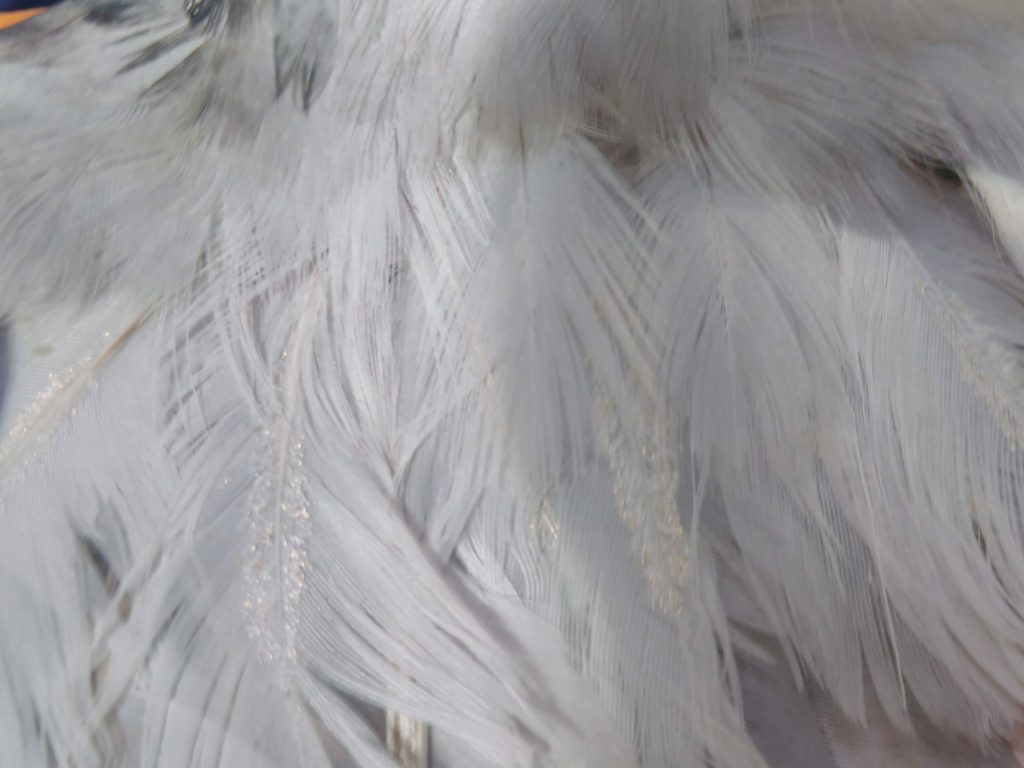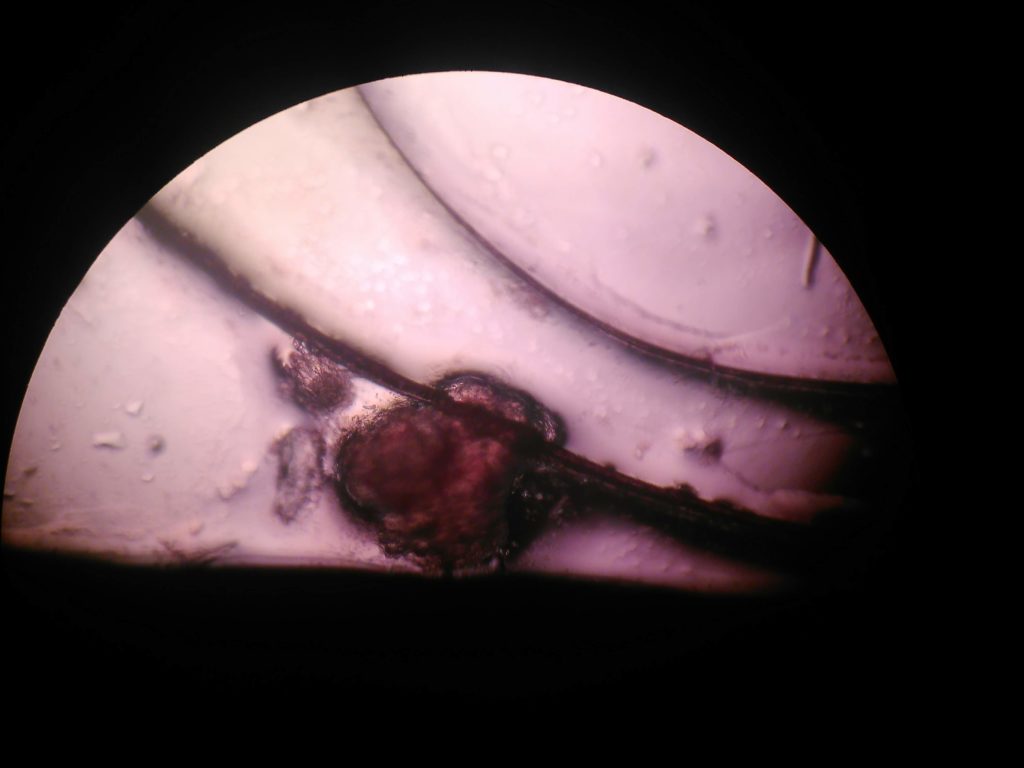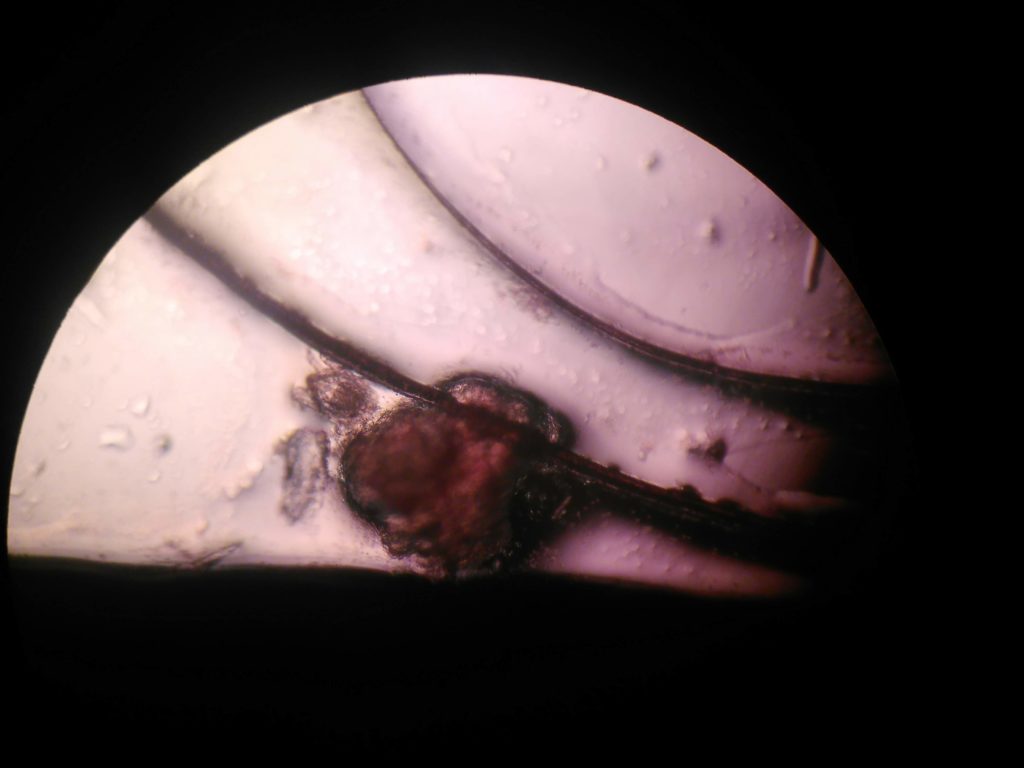If you think of parasites, most people automatically wrinkle their nose in disgust. Normal reaction, I think. You are not supposed to like a parasite. Parasites live of another being without giving anything back. (https://dictionary.cambridge.org/de/worterbuch/englisch/parasite) Thankfully most parasites don’t kill their host. But be aware, they don’t do that out of the good of their heart, it just would not benefit them to let their host die. Selfish little things. But aren’t we all a bit selfish, sometimes? It seems there is no reason to like them or not to be disgusted and affronted by parasites. Don’t worry I am not trying to make you like them. Most time of my job (ya, it really feels like most time) I am working on killing or at least reducing the number of parasites in or on an animal. They are rarely the cause of a serious illness in a wild animal, but they don’t help the animal to get better. And obviously, if you keep animals in a shelter, you don’t want it swamped over by all kinds of parasites. But maybe, just maybe we can pause for a second and just think about the life of a parasite. The struggle to find a host, to fight for their place on or in the host, to go through a sometimes very complex life cycles. And even some of them are, in their own little way a bit beautiful. Like these feather mite eggs on a pigeon. Unfortunately, the picture doesn’t do them justice, as in real-time they sparkle like tiny diamonds in their off-white colour. Of course, the pidgeon got treated as the infestation was severe in this case and mites are really not something you want in a shelter. But it helps in a busy day to just stop yourself and look for the beauty in something simple and maybe not obvious.


